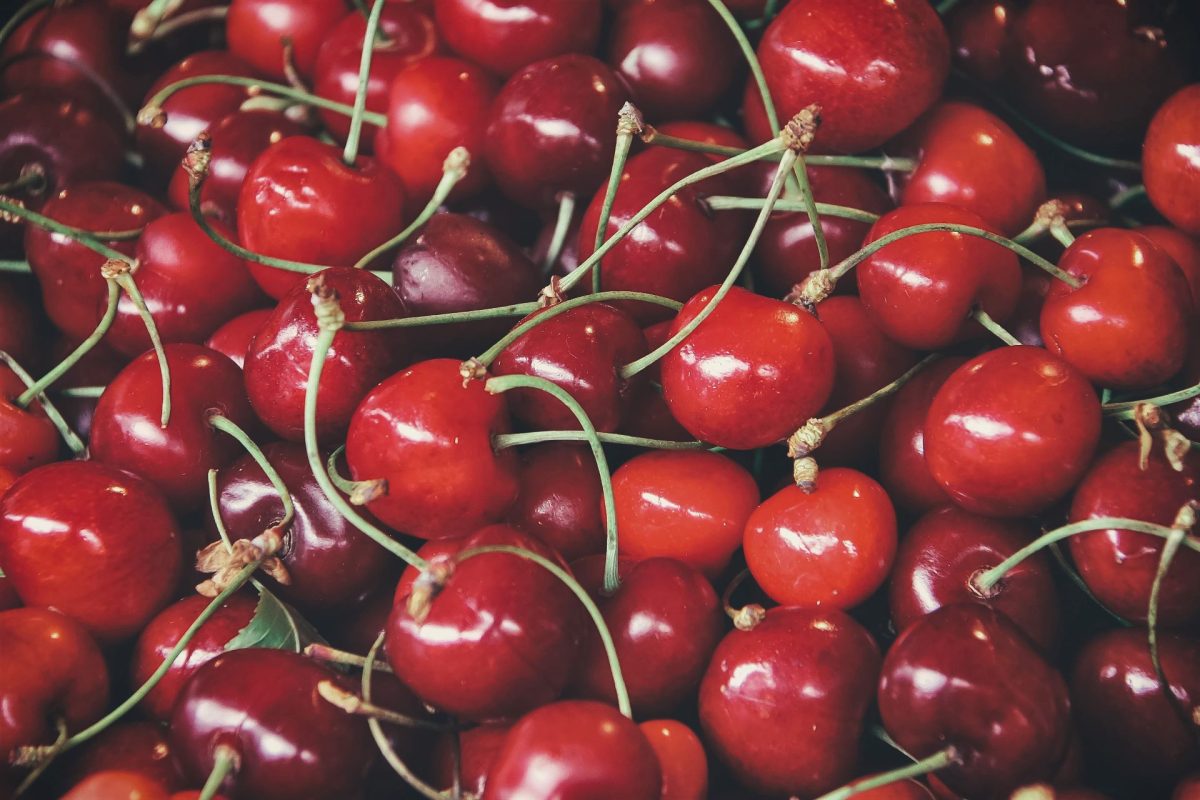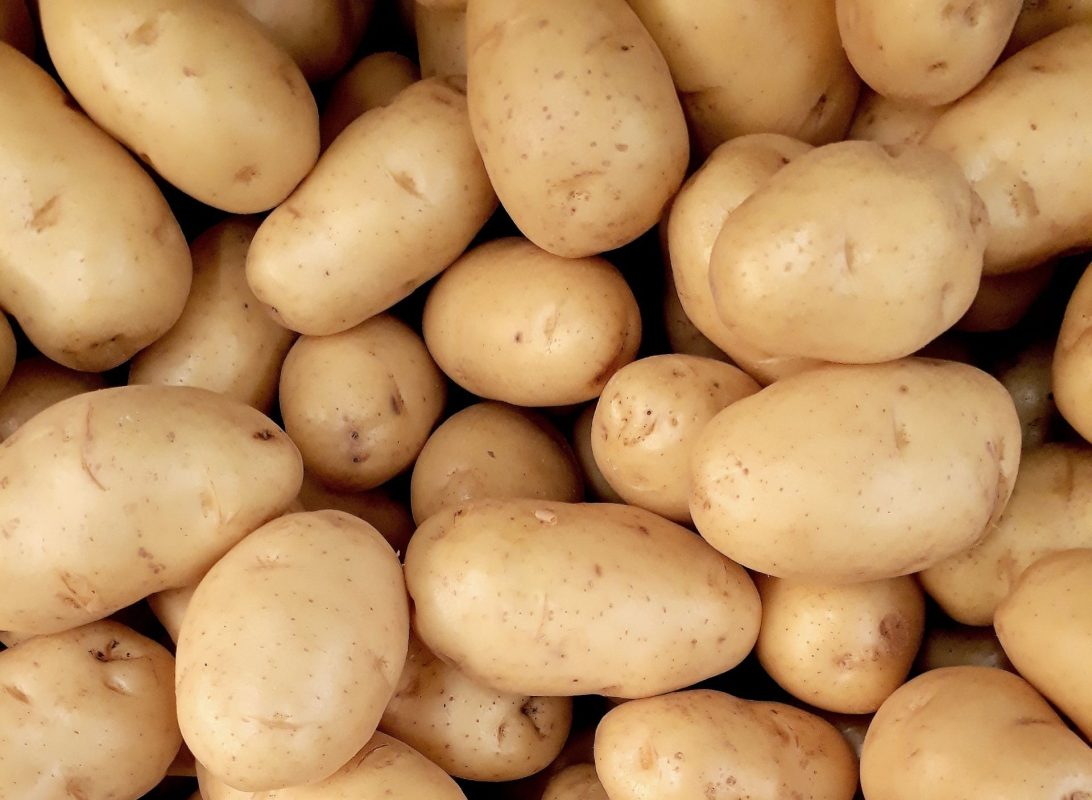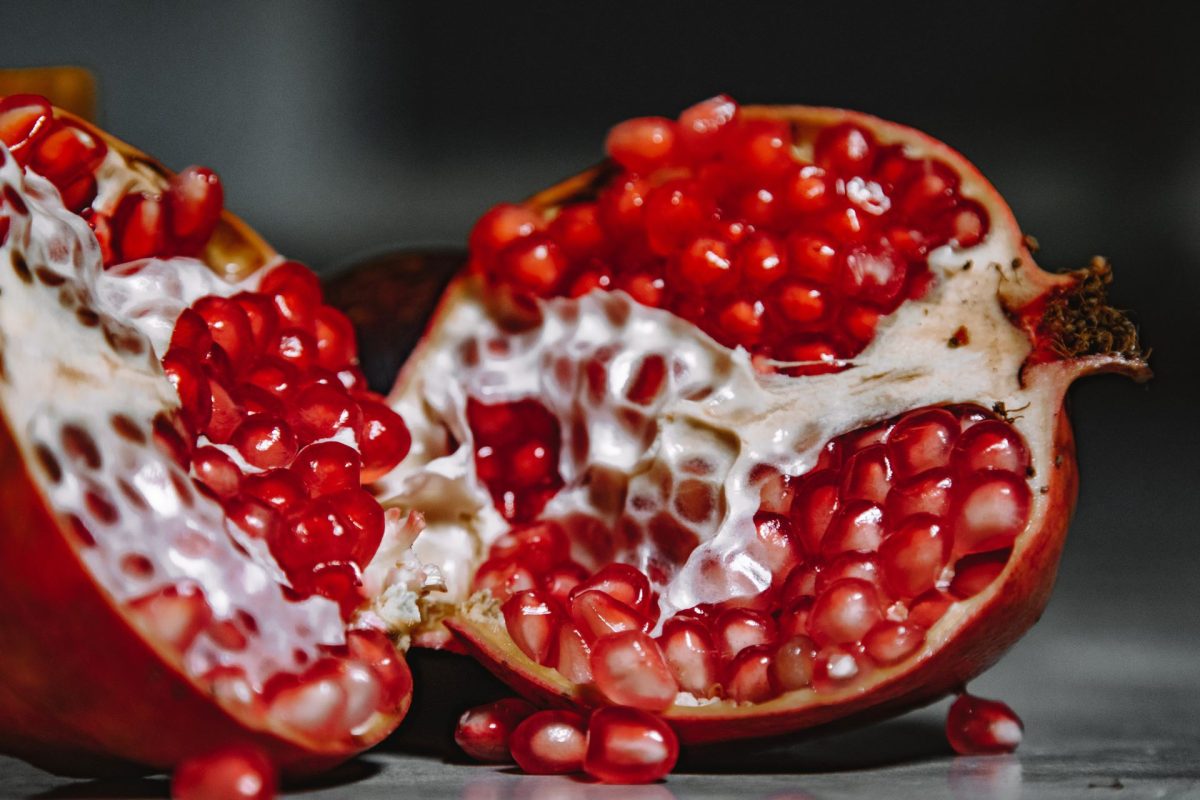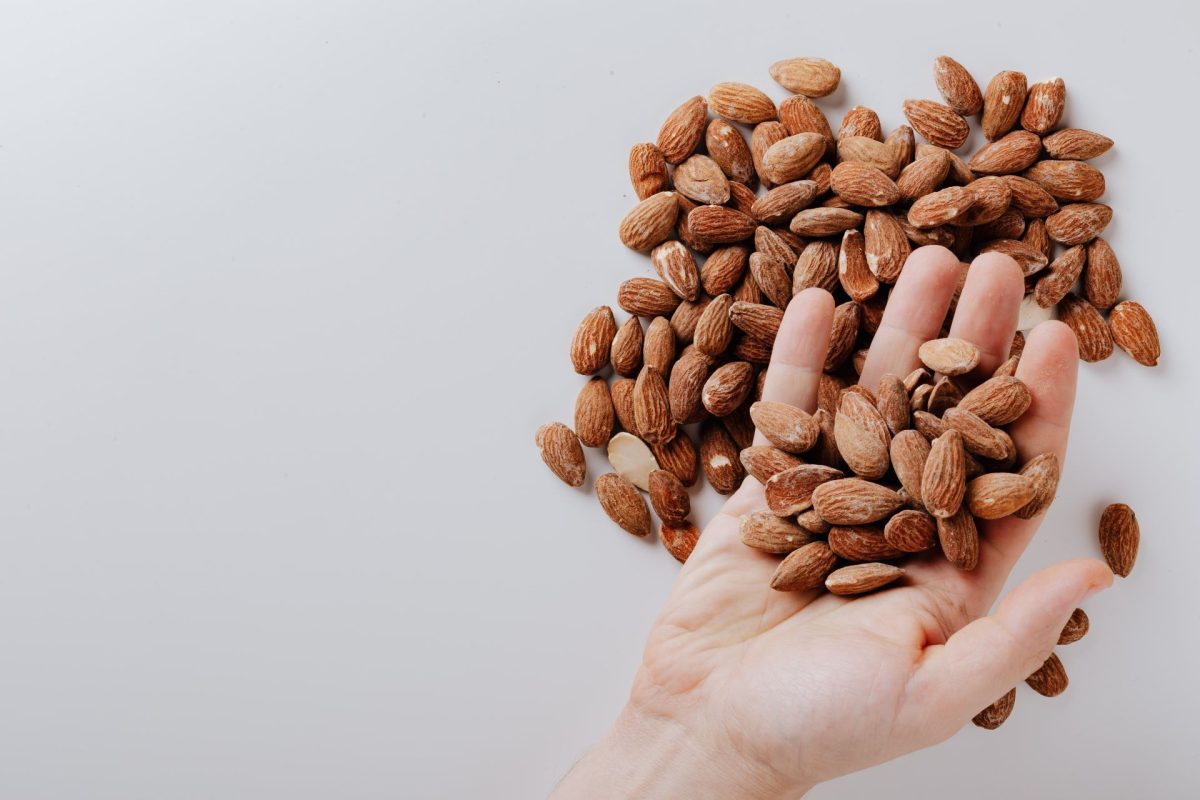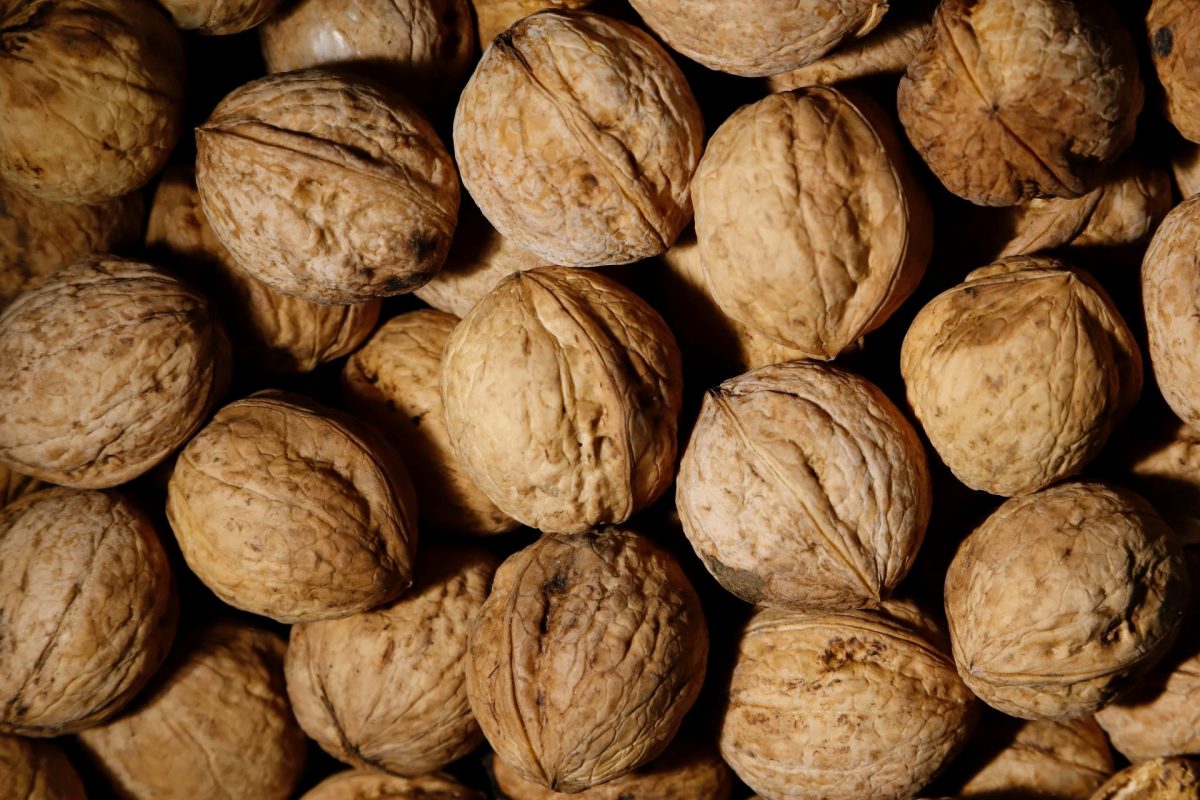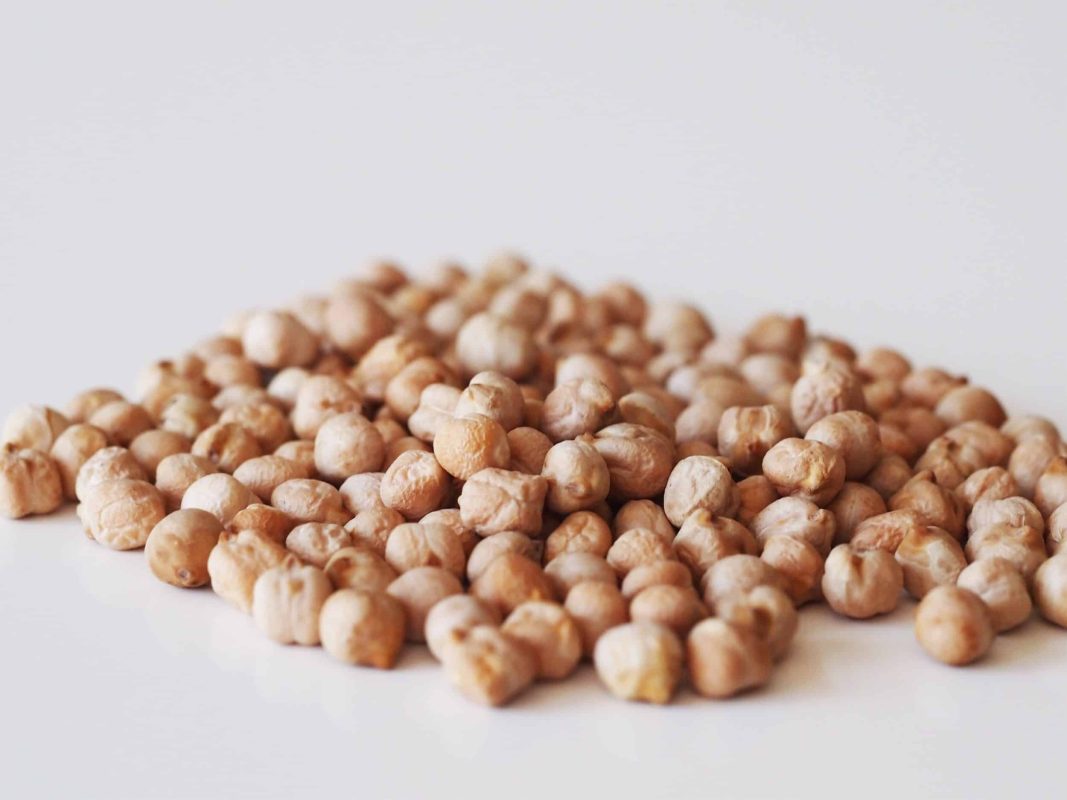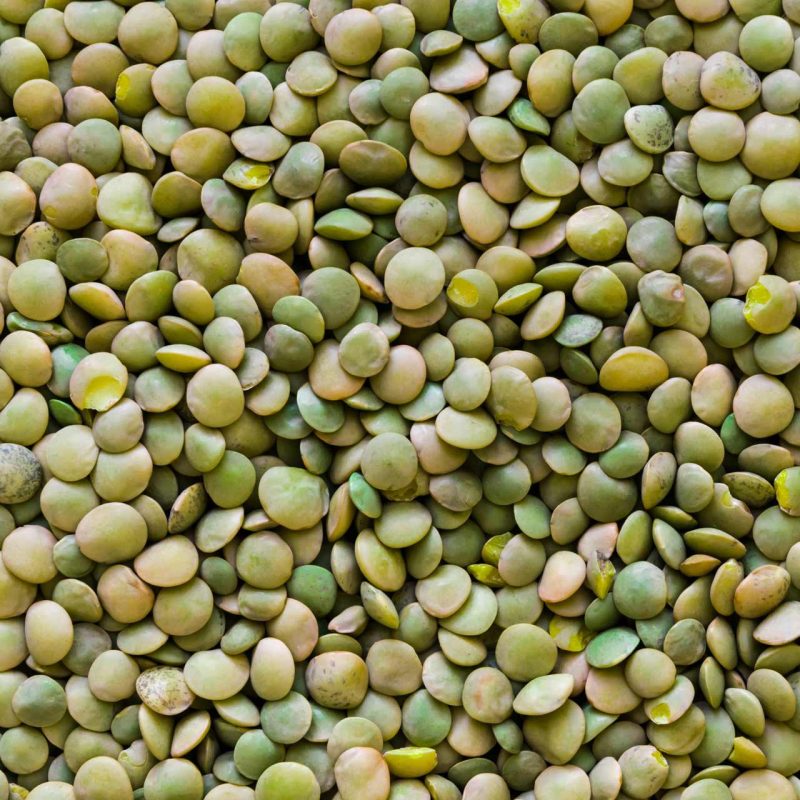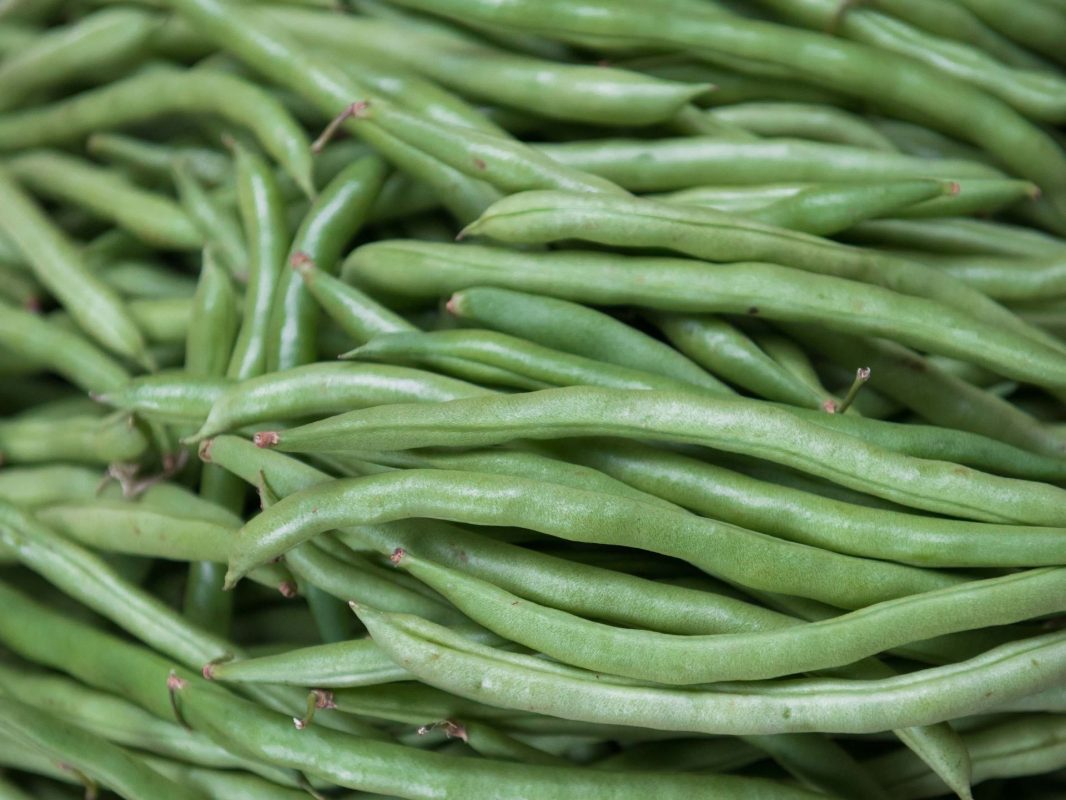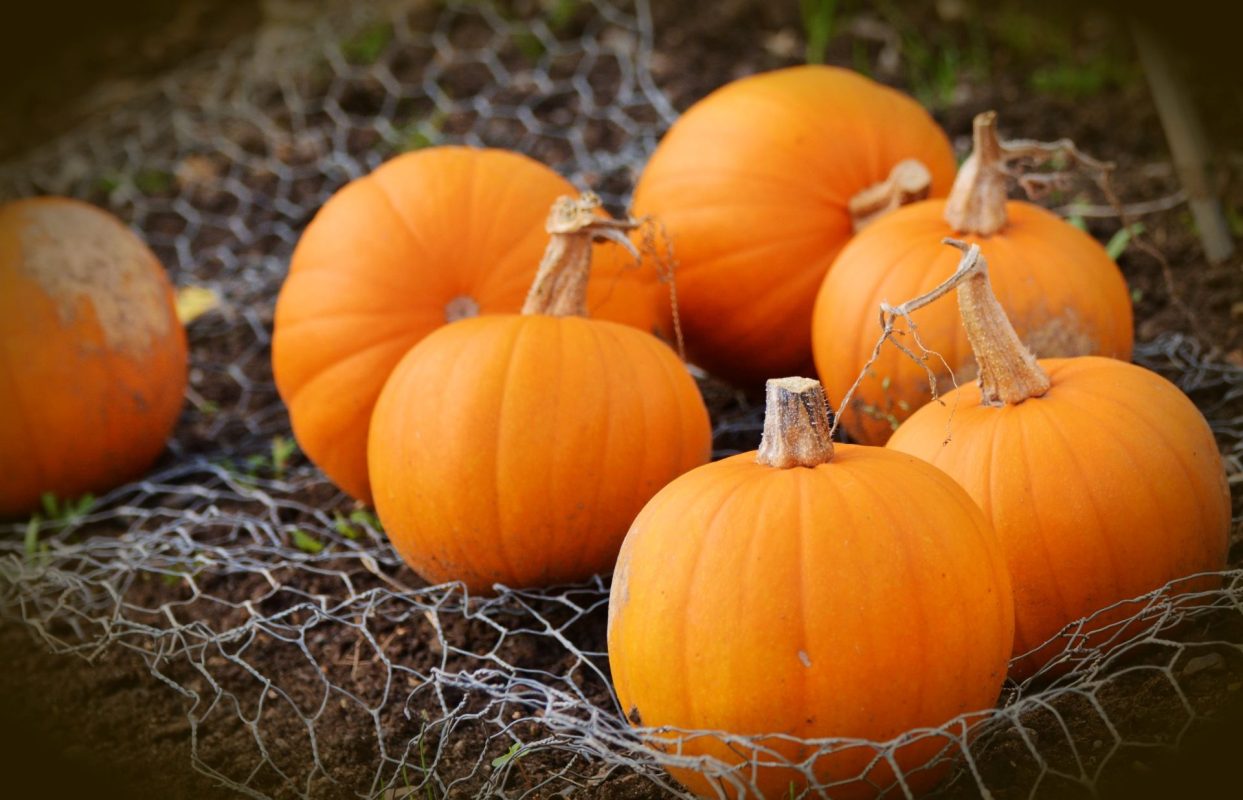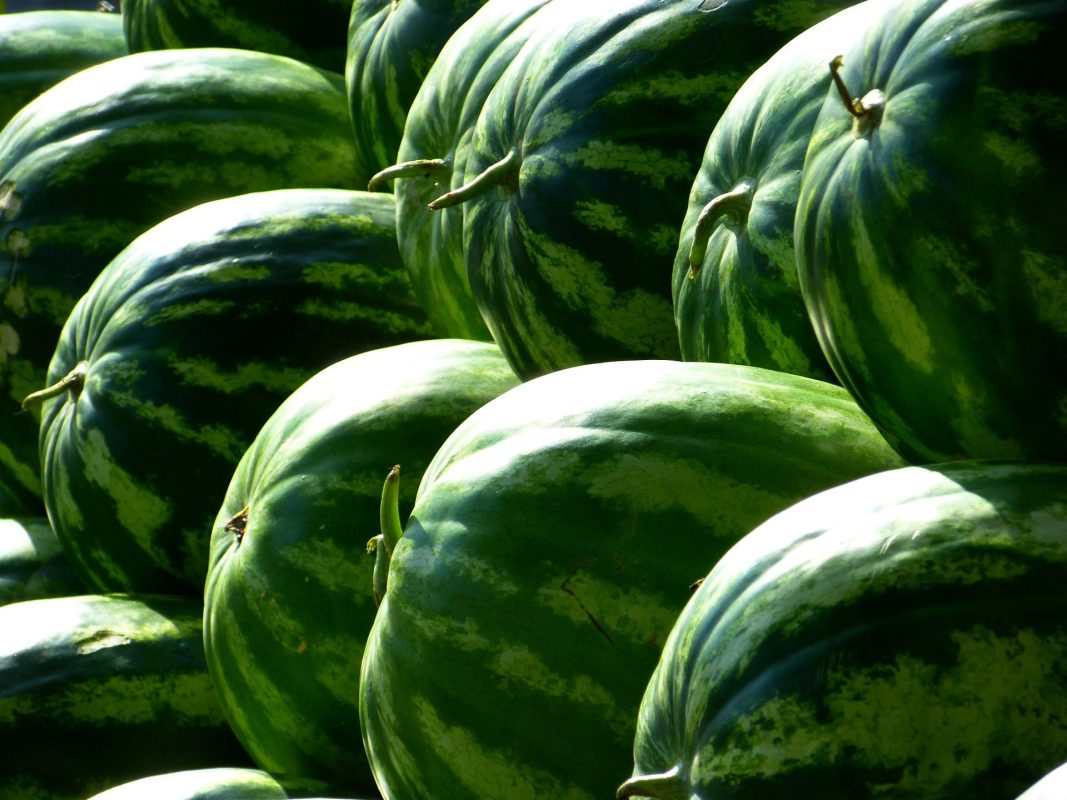Cherry Cultivation Guide: Tips for Successful Cherry Farming Cherry cultivation has a deep-rooted tradition in Anatolia, the oldest cultivated region. There are around 1500 varieties worldwide, and cherries bear fruit 5-7 years after planting, reaching full productivity at 10-12 years. Their economic lifespan is 20-25 years. In Turkey, there are approximately 10 million cherry trees, […]
A Guide to Potato Cultivation: Detailed Information from Soil Preparation to Harvest Time Potatoes, a annual crop, contain important nutrients such as carbohydrates in the form of starch, protein, vitamins, and iron (Fe) in their tubers. Potatoes are consumed directly in kitchens or processed into various forms (chips, french fries, etc.). Additionally, when potato flour […]
Pomegranate Cultivation: A Comprehensive Guide for Successful and Sustainable Practices Pomegranates can withstand temperatures as low as -10°C in temperate climate zones, and their late flowering makes them resilient against spring frosts. However, late-maturing varieties may be affected by early autumn frosts. In pomegranate cultivation, an average annual rainfall of 500 mm is sufficient, preferably […]
Almond Cultivation: Climate Requirements, Soil Needs, and Variety Selection Almond, one of the oldest fruit species in Anatolia, is not given the necessary importance in our country and is generally grown as a border tree along field edges. There are very few almond orchards (orchards established only with almonds) in our country, and maintenance work […]
Walnut Cultivation: Climate Requirements, Soil Needs, and Variety Selection Walnut cultivation can be carried out in suitable ecologies, similar to many fruit varieties, given Turkey’s significance in production, consumption, and trade and its rich fruit culture. Turkey ranks third in global walnut production after the United States and China. The yield per tree in the […]
Chickpea Farming and Cultivation Chickpea, cultivated extensively in Turkey, holds a significant position among legumes, following beans and lentils. Being a plant thriving in arid regions, chickpea’s economic importance stems from its modest soil requirements and its ability to fix free atmospheric nitrogen through its roots, making it crucial in crop rotations, especially with cereals. […]
Comprehensive Guide to Lentil Cultivation: Planting, Care, and Harvesting Tips Lentils, a prominent member of the legume family, have gained significant importance in dietary routines due to their high protein content. Cultivated in both dry and wet regions through crop rotation practices, lentil cultivation offers advantages to both farmers and the national economy. Lentils, with […]
A Comprehensive Guide to Successful Bean Farming: Planting, Care, and Harvest Tips Beans, one of the most extensively cultivated vegetable types in our country, are grown in both coastal and inland regions. Production is typically carried out under open-field conditions using pole and dwarf varieties. Beans are a protein-rich and flavorful vegetable, consumed both fresh […]
Cultivation of Zucchini: Characteristics and Best Practices Zucchini cultivation in Turkey exhibits unique features compared to other vegetables, driven by seasonal variations and methods of evaluation. The cultivation of summer squash, known as “kabak” in Turkish, has seen a significant shift towards year-round production, especially with the use of protective covers, allowing cultivation even during […]
Watermelon Cultivation: Advanced Methods and Tips for Success Watermelon holds significant economic importance in Turkish agriculture. With approximately 10% of the world’s production, totaling 3.9 million tons, Turkey ranks second after China in watermelon cultivation. The major production regions in Turkey are the Aegean, Mediterranean, Southeastern Anatolia, and Marmara regions, with Adana province contributing to […]

